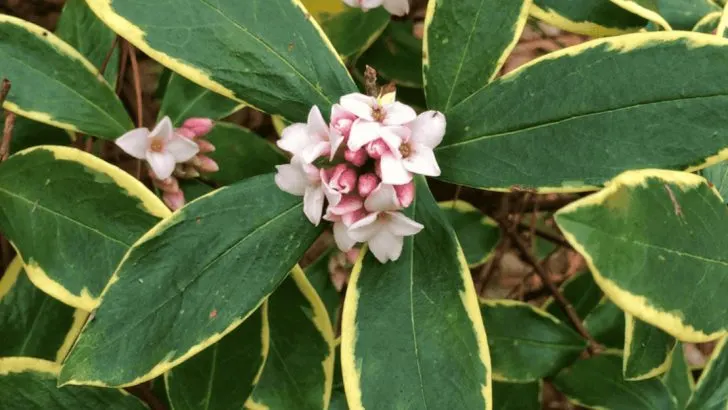A garden should be a feast for the senses—and fragrance is one of its most powerful, yet often overlooked, elements. Imagine stepping outside each month to a new, distinct scent in the air: sweet in spring, herbal in summer, spicy in autumn. It’s entirely possible—with the right plant choices and a bit of planning.
By selecting and layering seasonal bloomers, aromatic herbs, and fragrant shrubs, you can create a garden that evolves not just in color and texture, but in scent. Each month brings a new note to the air, transforming your outdoor space into a living perfume calendar.
In this guide, you’ll learn how to design a garden that’s not only beautiful but also emotionally engaging, with fragrances that shift through the seasons. It’s time to let your garden tell a different story every month—through scent.
January: Winter Daphne
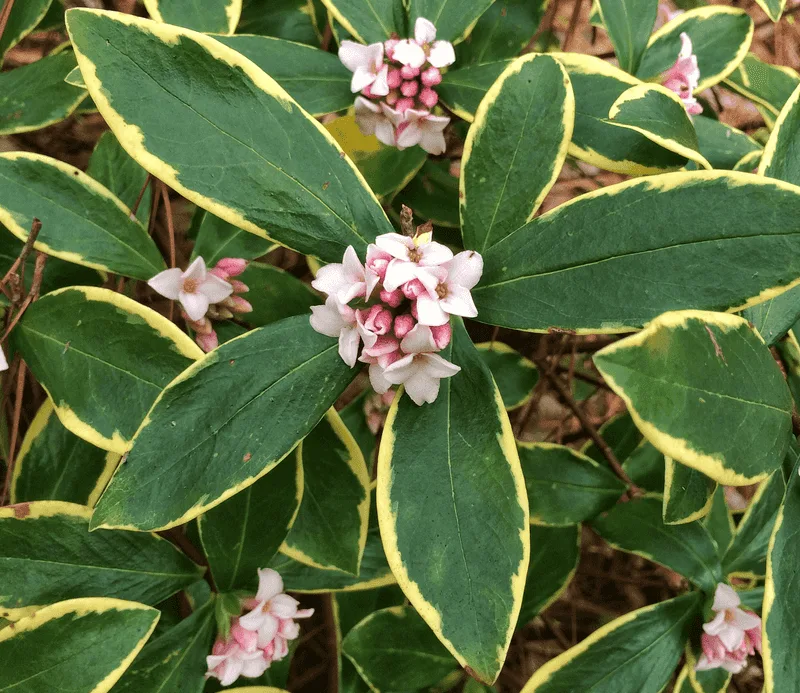
As the world slumbers in winter’s grip, winter daphne awakens with its intoxicating scent. Known for its clusters of snowy-white to pinkish flowers, this plant thrives in well-drained soil. Winter daphne offers an unexpected burst of fragrance amidst the cold, perfect for those crisp January mornings.
Its aroma is reminiscent of citrus and sweet honey, a delightful contrast to the barren landscape. Plant it near a window or walkway to make the most of its scent. Ensure it gets enough sunlight during the day to keep blooming vibrant through the month.
Fun fact: In Japan, it’s often grown near temples and shrines for its divine fragrance.
February: Witch Hazel
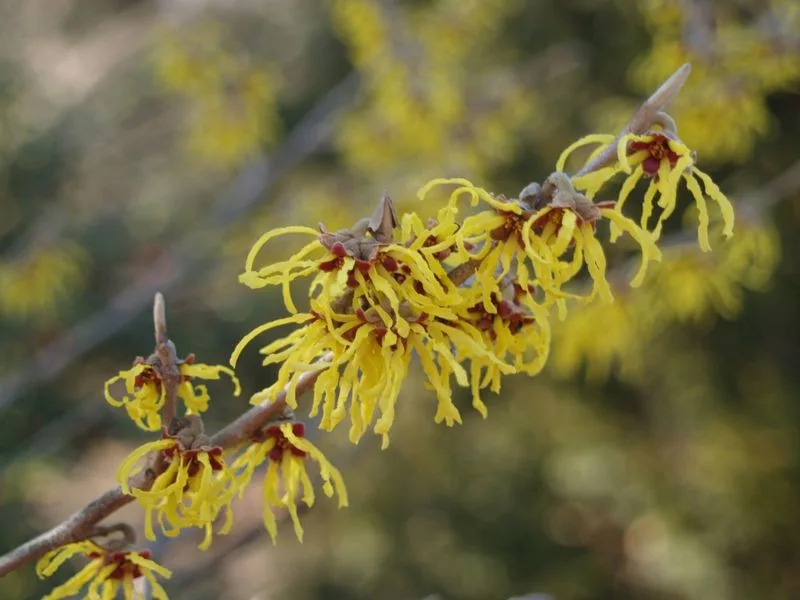
February brings the vibrant witch hazel into the spotlight. Known for its spidery yellow flowers, witch hazel is a hardy plant that flourishes despite the lingering chill. Its aroma is a subtle blend of spicy and sweet, invigorating the senses as winter winds down.
Plant it in a spot where it can shine during late winter. Its unique scent is a gentle reminder that spring is on the horizon. Witch hazel also doubles as a medicinal plant, offering astringent properties that soothe various skin ailments.
Admire its cheerful blooms that defy the frost, adding color and fragrance to your February garden.
March: Hyacinth
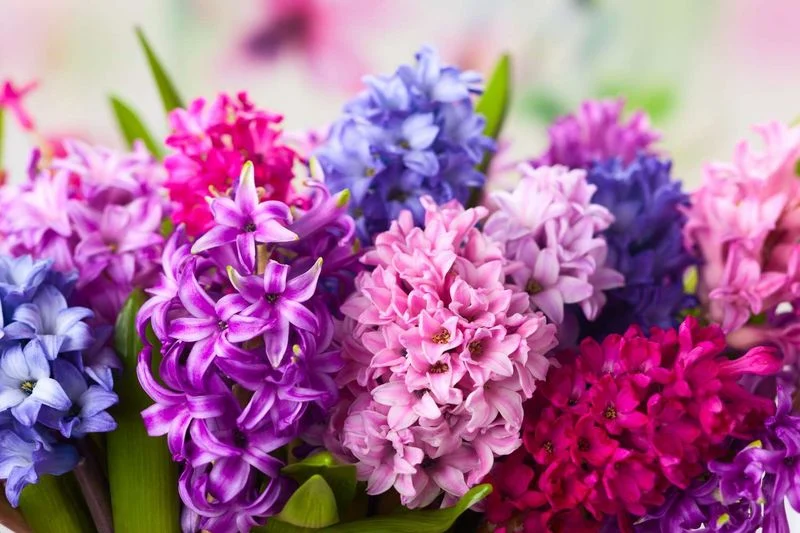
March is the month when hyacinths make their grand entrance. These robust bulbs bring a splash of color and fragrance, ushering in spring with their rich, heady scent. Plant them in clusters for an impressive display that perfumes the garden.
Hyacinths are perfect for borders or container gardening, making them versatile for any space. Their scent is intense and sweet, a true symbol of spring’s revival. Choose from a variety of colors to suit your garden palette.
Did you know? In ancient Greece, hyacinths were associated with rebirth and were dedicated to the god Apollo.
April: Lilac
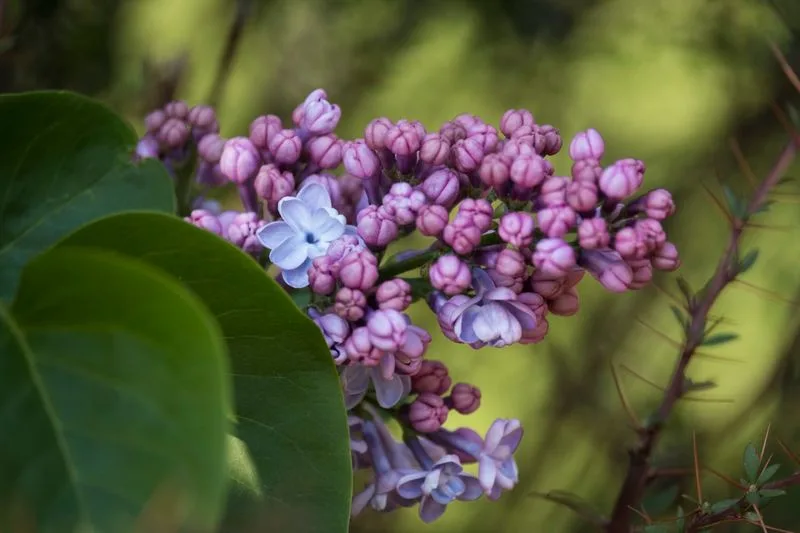
When April arrives, lilacs burst forth with their romantic, nostalgic fragrance. These bushes thrive in sunny locations and prefer well-drained soil. Lilac’s scent is both sweet and slightly spicy, evoking memories of springtime past.
Position lilacs along fences or as standalone shrubs in your garden. Their lush blooms can be cut and brought indoors to fill rooms with their delightful aroma. The classic purple flowers are a springtime staple, but white and pink varieties offer charming alternatives.
Lilacs symbolize renewal and the joy of youth, making them a fitting bloom for April’s awakening garden.
May: Lily of the Valley
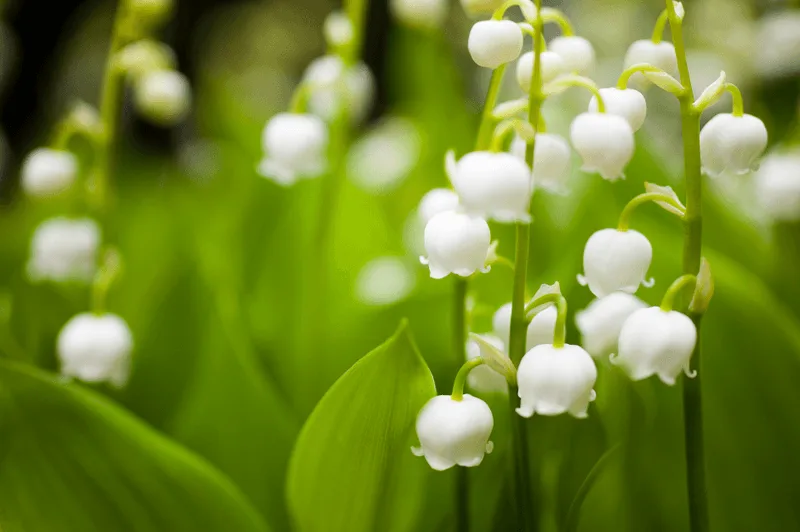
May is graced by the delicate lily of the valley, known for its sweet and somewhat mysterious fragrance. These dainty blooms flourish in shaded areas, making them ideal for woodland gardens or shaded pathways.
Their scent is fresh and floral, often associated with purity and happiness. Lily of the valley is a popular choice for bridal bouquets due to its elegance and enchanting aroma. As a perennial, it returns year after year, enhancing the garden’s fragrance each spring.
Interestingly, despite its benign appearance, all parts of the plant are toxic if ingested.
June: Jasmine
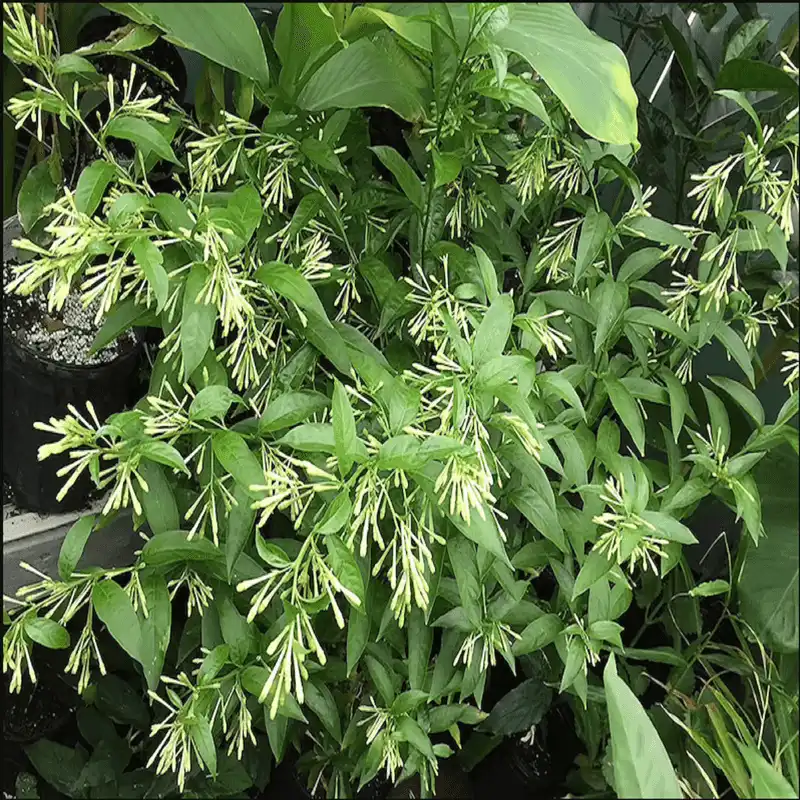
June brings the exotic allure of jasmine, with its small white flowers that release a heady, sweet fragrance. Jasmine thrives in warm climates and can be trained to climb trellises, adding vertical interest to your garden.
The scent of jasmine is intoxicating, especially in the evening when its fragrance is most potent. Plant jasmine near a seating area to enjoy its aroma as you relax on summer nights.
Beyond its beauty, jasmine is used in perfumes and teas, celebrated for its calming properties. This versatile plant adds both scent and visual appeal to any garden.
July: Lavender
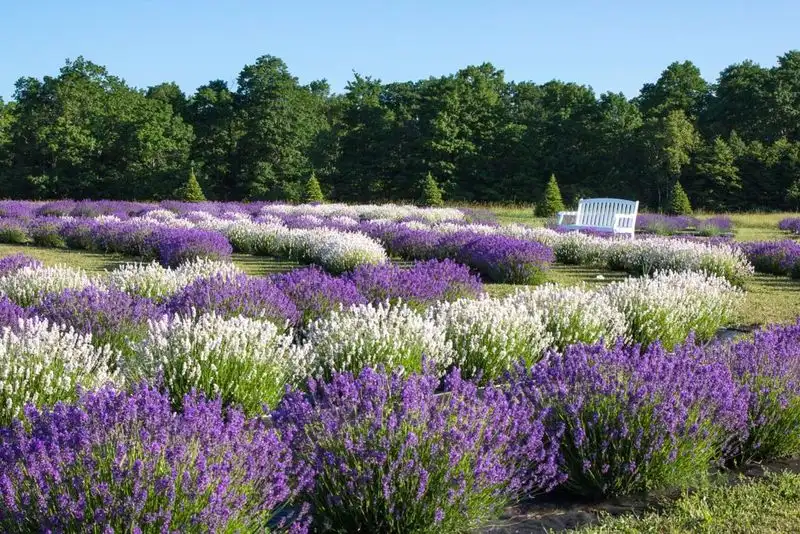
In July, lavender reigns supreme with its calming scent and vibrant purple spikes. Lavender is a hardy plant that thrives in sunny, dry climates, making it a staple in Mediterranean gardens.
Its soothing fragrance is perfect for relaxation, and its flowers can be dried for sachets or used in culinary dishes. Plant lavender along paths or borders for easy access to its delightful scent.
Beyond its aromatic appeal, lavender is known for its ability to attract bees and butterflies, contributing to a thriving garden ecosystem. It’s a garden essential for both fragrance and biodiversity.
August: Sweet Pea
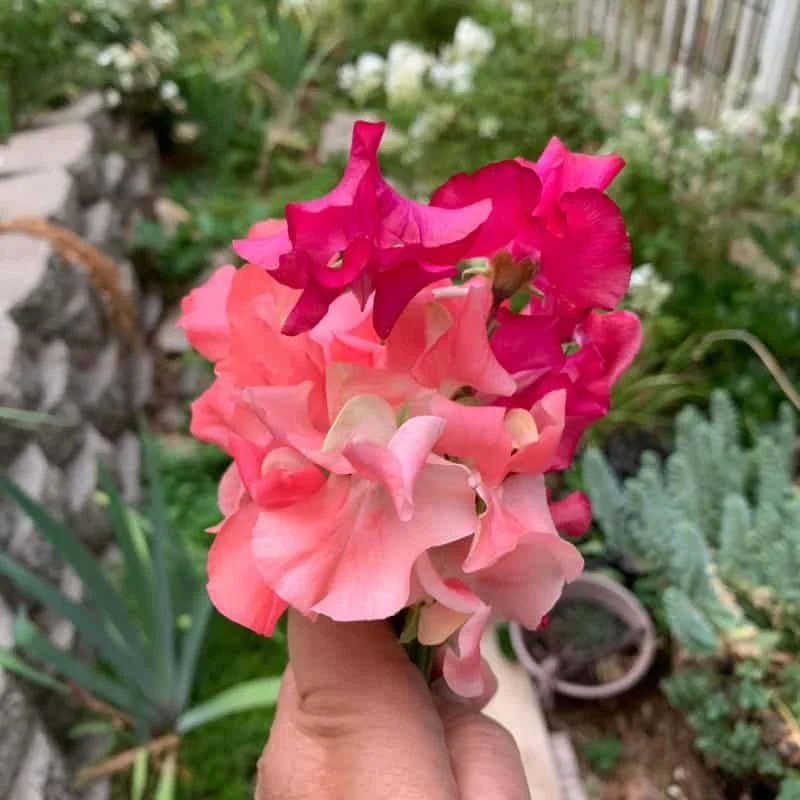
Sweet peas take the spotlight in August, offering a charming blend of color and fragrance. These climbers are perfect for trellises or fences, providing vertical interest and a delightful scent.
The aroma of sweet peas is fresh and sweet, capturing the essence of summer. Their blooms are reminiscent of delicate butterflies, adding a whimsical touch to the garden. Plant them in well-drained soil and enjoy their beauty from midsummer until the first frost.
A fun fact: Sweet peas were among the first plants to be genetically studied by Gregor Mendel, the father of modern genetics.
September: Gardenia
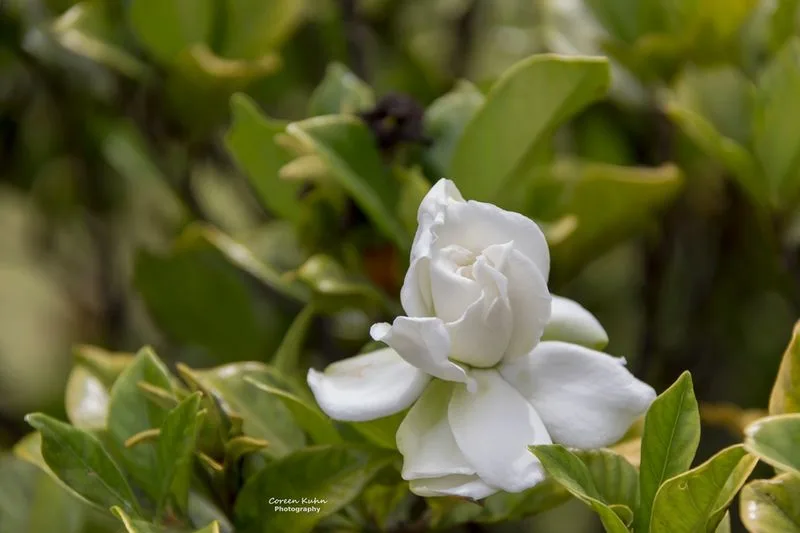
September welcomes the elegant gardenia, valued for its creamy white flowers and rich, captivating fragrance. Gardenias thrive in humid climates and well-drained, acidic soils.
Their scent is a blend of sweet and spicy, reminiscent of a tropical paradise. Gardenias are often used in perfumes, celebrated for their lush, intoxicating aroma. Plant them near entrances or patios to enjoy their scent as you pass by.
Gardenias symbolize purity and refinement, and their blooms are often associated with love and harmony, making them a cherished addition to any fragrant garden.
October: Chrysanthemum
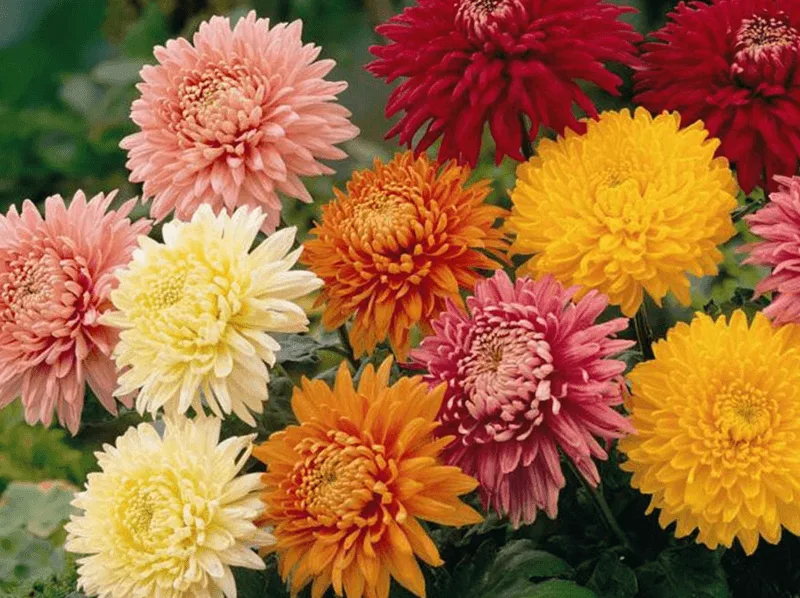
With October’s arrival, chrysanthemums become the stars, offering a burst of color and gentle fragrance. These hardy perennials are a staple of autumn gardens, available in a wide range of colors.
Their scent is subtle yet distinctive, often described as earthy and slightly spicy. Chrysanthemums thrive in sunny spots and well-drained soil, making them a versatile choice for borders or containers.
Did you know? In Japan, chrysanthemums are celebrated each year during the “Festival of Happiness,” symbolizing longevity and rejuvenation.
November: Scented Geranium
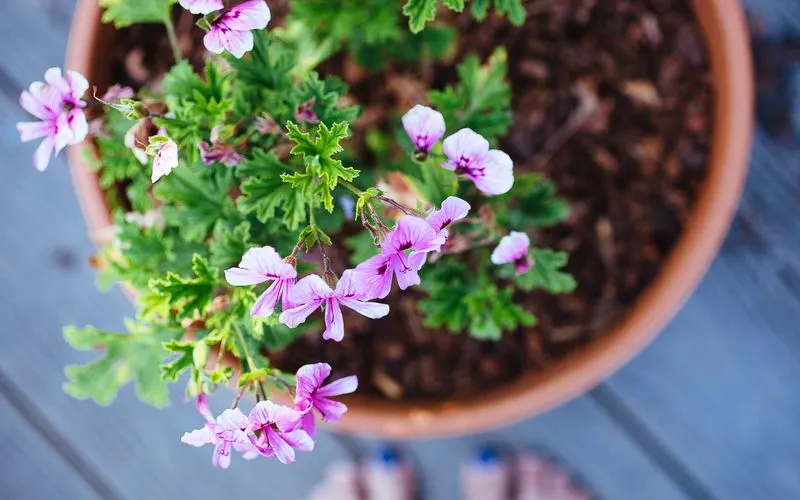
In November, scented geraniums offer a surprising variety of aromas, from rose to mint. These versatile plants bring a unique touch to any garden with their aromatic leaves.
Their scents are released when the leaves are brushed or crushed, making them interactive with passerby. Geraniums thrive in pots or garden beds, preferring sunny locations.
Aside from their fragrances, scented geraniums are used in cooking and potpourri, adding flavor and aroma to dishes and crafts. This plant is perfect for those who enjoy a hands-on gardening experience and a spectrum of scents.
December: Christmas Box
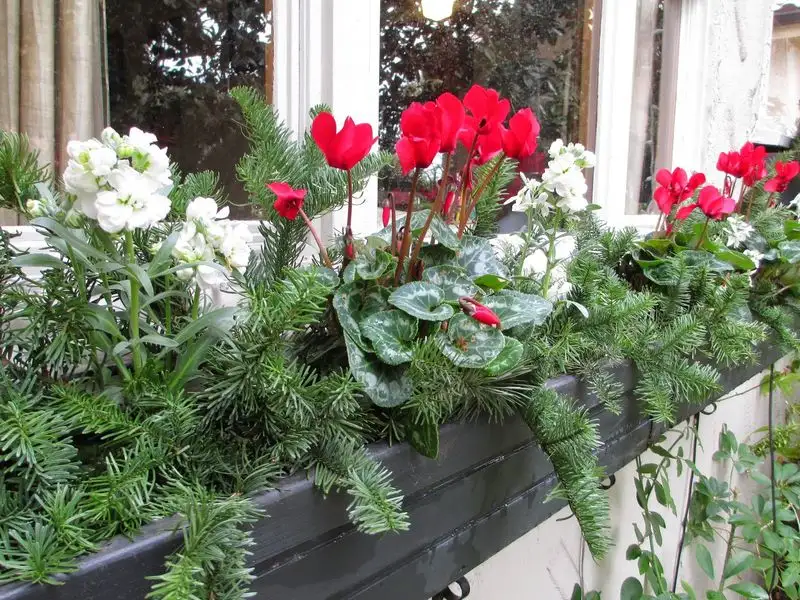
As December settles in, the Christmas box becomes a fragrant highlight with its tiny white flowers and evergreen foliage. Known for its sweet, honey-like aroma, this shrub thrives in shaded areas and adds winter interest to gardens.
Plant it near pathways or entryways to maximize its delightful scent during the colder months. Its small, understated flowers offer a surprising punch of fragrance, often catching passersby by pleasant surprise.
The Christmas box is a symbol of resilience, enduring the cold to provide beauty and scent when most plants remain dormant, making it a valued addition to a year-round fragrant garden.

